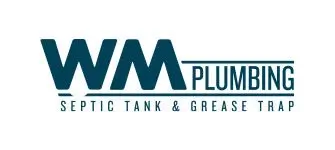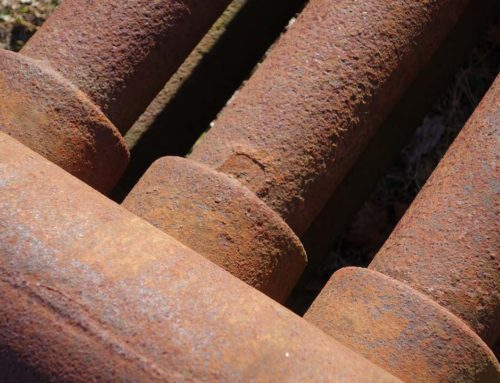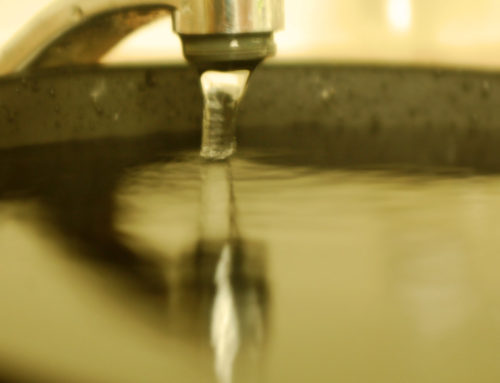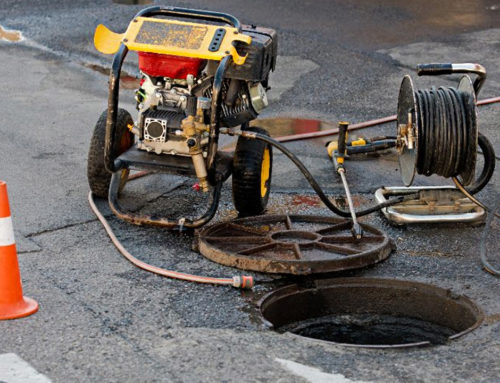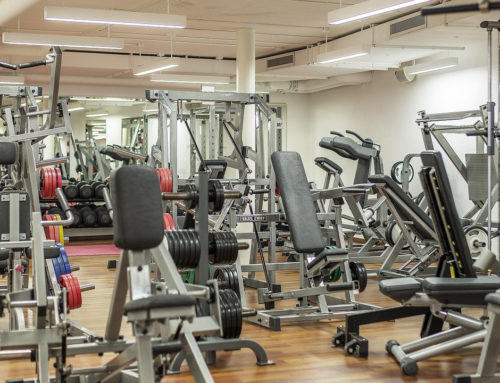Signs Your Sewer Issue Is Underground vs. Indoors
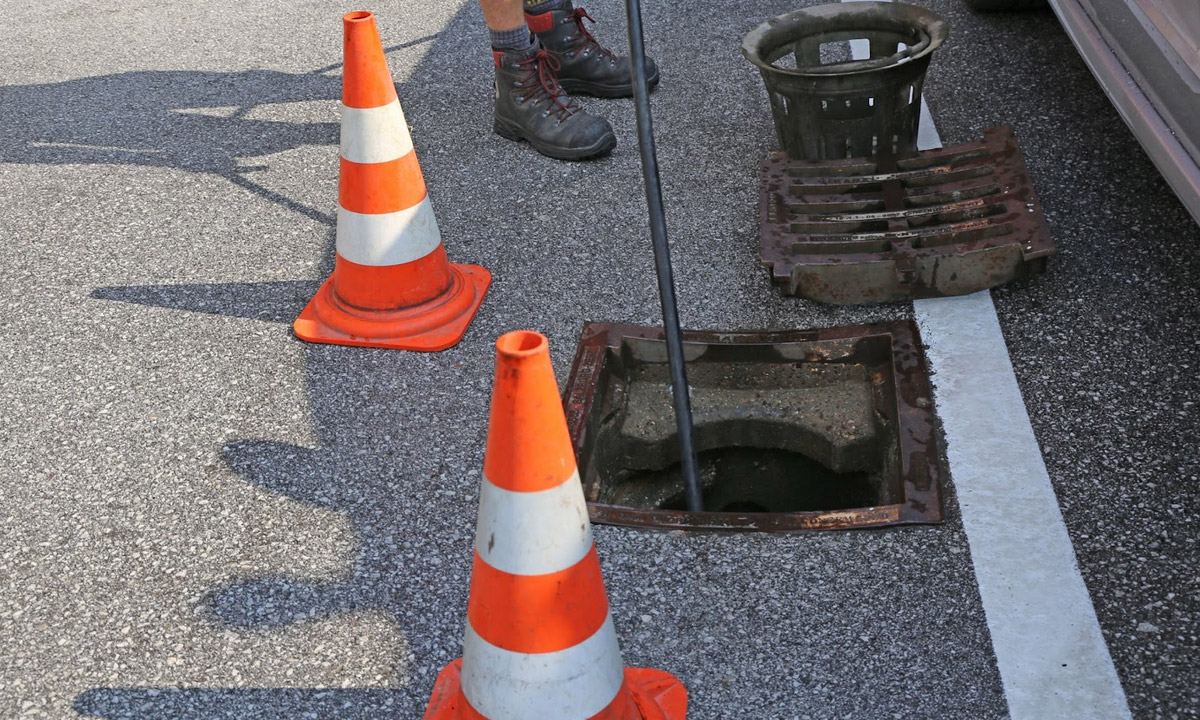
When a sewer problem arises, one of the first challenges homeowners face is figuring out whether the issue is located inside the home or underground in the main sewer line. Knowing where the problem originates can save you both time and money while helping you decide whether you need a plumber to inspect your interior plumbing or a sewer line specialist to dig deeper. Here are the most common signs that will help you distinguish an indoor plumbing issue from an underground sewer problem.
Signs the Problem Is Indoors
- Localized Backups: If only one fixture is backing up, such as a single toilet, sink, or shower, it usually indicates an indoor issue. A blocked P-trap, a clogged drain line, or buildup of hair, grease, or soap scum could be the culprit.
- Slow Drains in Isolated Areas: A bathtub that drains slowly while the kitchen sink works fine points to a localized blockage. These clogs typically occur in smaller branch lines rather than the main sewer line.
- Odors Confined to One Room: Sewer odors coming from one bathroom or the laundry room are typically due to dried-out P-traps or small leaks in that specific drain line. If the smell is widespread throughout the house, the issue may be larger.
- Visible Leaks Indoors: Water stains on walls, ceilings, or flooring near plumbing fixtures are a strong indicator of indoor pipe damage. These leaks rarely signal a main sewer line problem.
- Gurgling in a Single Fixture: If only one drain makes gurgling noises when water is running, the issue is usually air trapped in that individual line rather than a blocked sewer main.
Signs the Problem Is Underground
- Multiple Fixtures Backing Up at Once: One of the clearest indicators of an underground sewer issue is when multiple drains stop working at the same time. For example, flushing the toilet may cause water to back up into the bathtub or laundry drain.
- Widespread Gurgling and Odors: When toilets, sinks, and tubs all gurgle or emit sewer odors simultaneously, it’s often a sign of a clog or break in the main sewer line outside the house.
- Yard Issues: Wet, soggy patches in the yard, especially if they smell foul, suggest a broken or collapsed sewer line underground. In some cases, grass in these spots grows greener and faster due to nutrient-rich wastewater seeping out.
- Backups in the Lowest Drain First: If the floor drain in the basement or the lowest level of your home backs up before any upstairs fixtures, the blockage is almost certainly in the underground sewer line.
- Sudden Increases in Pest Activity: Rats, insects, or roaches appearing near drains or in your yard can be a hidden sign of a cracked underground sewer pipe.
When to Call for Help
If the problem seems confined to a single room or fixture, a plumber can often resolve it with standard drain cleaning. But if multiple fixtures are affected, water is backing up into lower-level drains, or you notice yard damage, it’s time to call a sewer line professional. They can use video camera inspections to locate the blockage or break underground and recommend whether repair or full sewer replacement is needed.
Distinguishing between an indoor plumbing issue and an underground sewer problem helps you act quickly and appropriately. Localized odors, leaks, and isolated backups typically point to indoor issues, while widespread clogs, basement backups, and yard damage usually indicate trouble in the sewer line outside your home. By recognizing these signs early, you can avoid unnecessary repairs and tackle the real source of the problem before it grows into a costly emergency.
